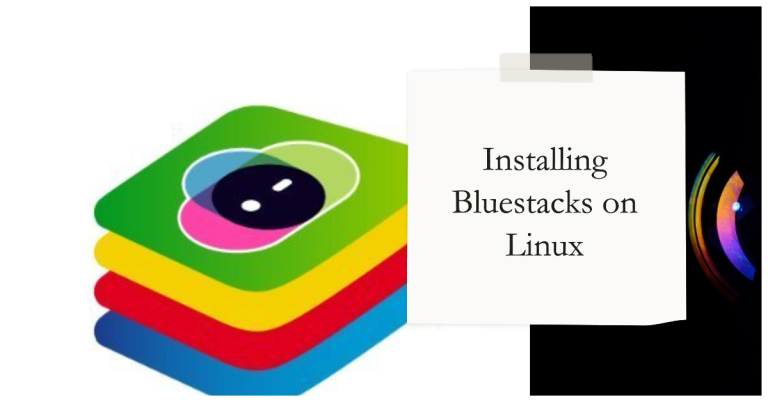BlueStacks lets you run Android apps on your Linux desktop, bridging mobile and desktop systems. With growing demand for Android apps across industries, this emulator has become an essential tool for developers and casual users alike. For Linux enthusiasts, BlueStacks offers a smooth way to expand what their systems can do.
Table of Contents
What Is BlueStacks?

BlueStacks is an Android emulator that runs Android apps on platforms like Windows, macOS, and Linux. It simulates the Android operating system, turning your desktop or laptop into a virtual Android device. This opens the door to a host of new possibilities and added convenience.
BlueStacks does more than just run apps. It syncs with Android devices, letting users send messages, make calls, and download apps directly from their computers. It supports the Google Play Store and third-party APKs, making it highly flexible and practical.
What sets BlueStacks apart is its integration, performance, and ease of use. Here’s how it stacks up against competitors:
| Feature | BlueStacks | Others |
|---|---|---|
| Smooth Integration | ✅ | ❌ |
| Hardware Acceleration | ✅ | Limited Support |
| Multi-Instance Support | ✅ | Limited Support |
BlueStacks delivers top-notch performance and a user-friendly experience, blurring the line between desktop and mobile environments. Whether you’re a developer or a casual user, BlueStacks brings the best of Android to Linux.
Why Use BlueStacks?
BlueStacks has clear benefits for both developers and regular users.
- Top Performance: With optimized kernels and hardware acceleration, Android apps run efficiently on Linux.
- Testing for Developers: BlueStacks mimics Android devices closely, helping developers identify and fix bugs. Multiple instances allow testing on different configurations at the same time.
- Access to Android Apps: Users can run Android games, productivity tools, and social media apps on their Linux systems without switching devices.
BlueStacks transforms Linux systems into versatile platforms for Android applications. Whether for work or play, it makes mobile apps more accessible than ever.

